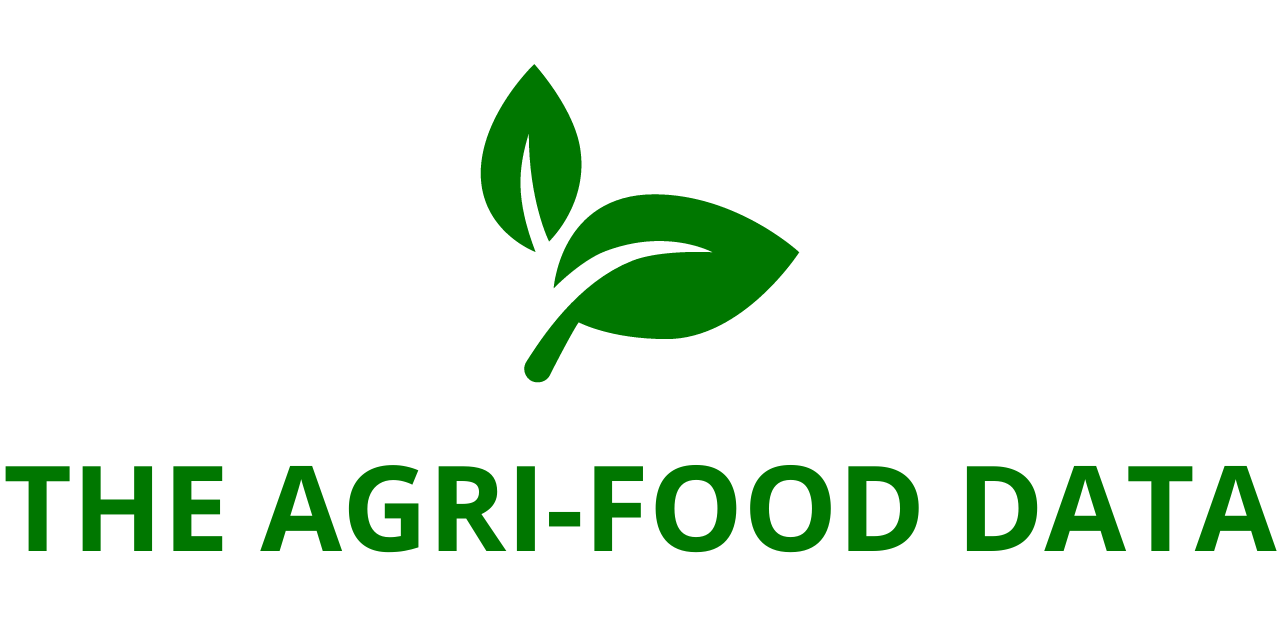
Silicon Ranch, one of the nation’s leading independent power producers specializing in solar energy, agrivoltaics, and carbon solutions, has officially revealed its latest endeavor: a state-of-the-art 26,000 square-foot lambing barn at its 68-megawatt (MWAC) Houston Solar Project in Houston County, Georgia. This groundbreaking facility, meticulously designed and constructed, not only prioritizes the welfare of the project’s resident flock but also aims to enhance genetic traits and bolster production for both the local and national sheep populations. The overarching mission is to contribute to the revitalization and fortification of the sheep industry within the United States.
Unique in its conception and execution, the lambing barn represents a pioneering initiative within the solar energy sector, marking Silicon Ranch’s commitment not just to sustainable energy but also to agricultural development. As part of its strategic expansion, Silicon Ranch, headquartered in Nashville, has established its own agribusiness subsidiary to synergize with its core operations and generate positive impacts on the land and communities it serves. Over a remarkably short span of two years, the company’s sheep flock has expanded exponentially from fewer than 700 to surpassing 3,000, with projections for further growth by year’s end.
The inauguration ceremony for this landmark facility attracted a diverse array of stakeholders, including state and local officials, agricultural organizations, electric cooperatives, youth groups, and academic institutions. Dan Perdue, Chairman of the Houston County Board of Commissioners, expressed his enthusiasm for Silicon Ranch’s multifaceted approach, praising their fusion of green energy initiatives with agricultural investment, underscoring the pivotal role played by visionary entities like the Houston County Development Authority.
Through a collaborative agreement with Green Power EMC, the renewable energy supplier for Georgia’s EMCs, the Houston Solar Project contributes to the sustainable energy grid, benefiting over 11,000 households annually across thirty EMCs statewide. Beyond traditional solar power initiatives, Silicon Ranch’s Regenerative Energy® platform integrates innovative practices such as managed sheep grazing beneath and around the solar panels. This holistic approach not only enhances soil fertility and biodiversity but also fosters a robust grassland ecosystem while efficiently controlling vegetation.
Reagan Farr, co-founder and CEO of Silicon Ranch, hailed the Houston Lambing Barn as a testament to the company’s unwavering commitment to responsible land stewardship and community resilience. He emphasized Silicon Ranch’s dedication to expanding sheep flock capacity across Georgia and the Southeast, alongside their pioneering genetics work aimed at bolstering the national sheep industry.
The construction of the barn, completed in late 2023 ahead of lambing season, is tailored to accommodate 400 ewes and their offspring at any given time. Silicon Ranch plans to conduct lambing in three distinct waves annually, aiming for a total of 1,200 ewes per year. Complementing their breeding efforts, Silicon Ranch has engaged with the National Sheep Improvement Program (NSIP), enrolling one of the largest flocks in the program to enhance genetic evaluation and optimize production.
Jim Malooley, Senior Manager of Regenerative Energy Operations at Silicon Ranch, lauded the recent lambing efforts, highlighting the comprehensive data collection process that underpins their genetic improvement program. By leveraging genomic sequencing and performance data, Silicon Ranch aims to identify key genetic markers correlating with desirable traits such as parasite resistance.
Roxanne Newton, owner of Hound River Farm, commended Silicon Ranch’s alignment with NSIP principles, emphasizing their shared commitment to advancing sheep genetics and production standards within Georgia and beyond.
Houston Solar, operational since late 2021, stands as a testament to Silicon Ranch’s dedication to innovation and sustainability. Situated conveniently near the Georgia National Fairgrounds and Agricenter, the project not only serves as a beacon for clean energy but also as an educational hub, hosting events like the Georgia Young Farmers Association gathering in 2023, showcasing the potential of agrivoltaics for aspiring farmers and ranchers.





